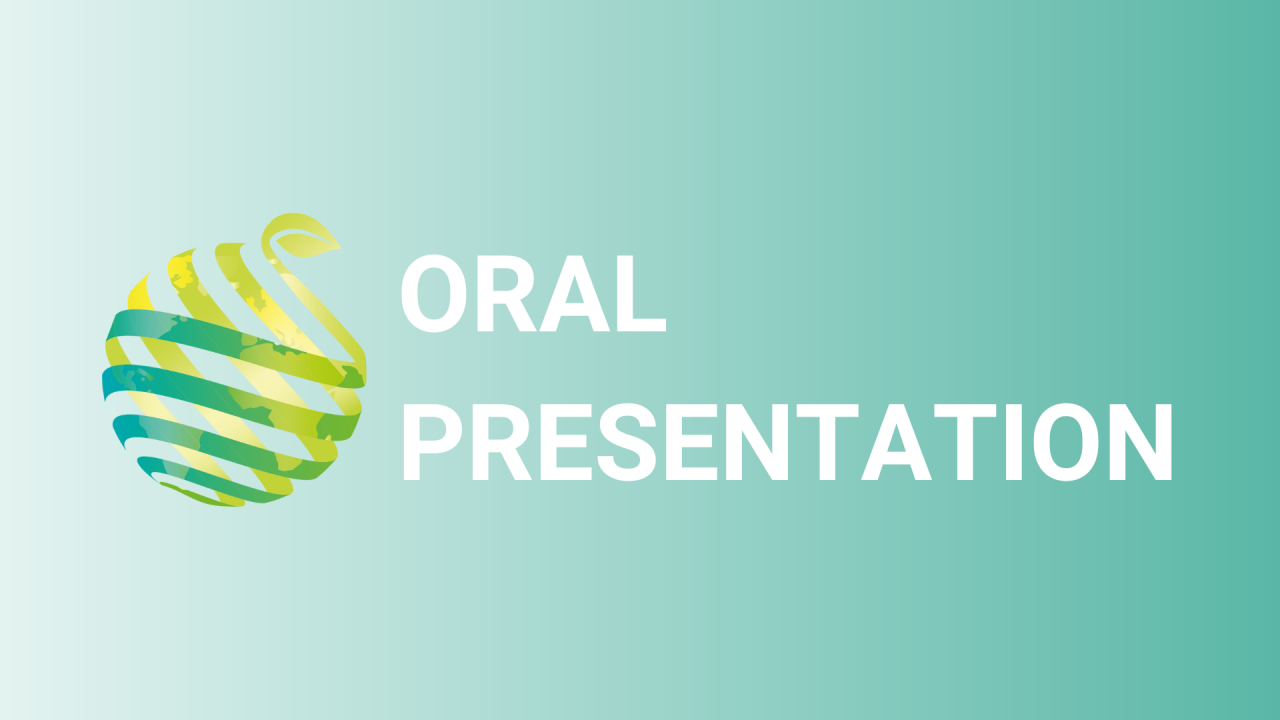

S06 - Session O2 - Optimizing LED lighting using chlorophyll fluorescence based on Biofeedback system
Information
Authors: Suyun Nam *, Marc W. van Iersel
Artificial lighting is essential for crop production in controlled environment agriculture. However, since photosynthetic lighting accounts for up to 30% of overall production costs, it is important to monitor light use efficiency and adjust lighting based on plant physiological responses. We have developed a biofeedback system, which measures the quantum yield of photosystem II (φPSII) and electron transport rate (ETR) in real-time and adjusts the LED light intensity automatically based on these physiological responses. To maintain a specific φPSII or ETR over time, the biofeedback system automatically adjusts the photosynthetic photon flux density (PPFD), whenever the measured φPSII or ETR differ from the target value. The biofeedback system previously has been used within a single day, but not throughout a whole growth cycle. Thus, in this study, we regulated LED lighting by maintaining specific thresholds of φPSII and ETR from transplant to harvest stage of lettuce to demonstrate the applicability of this system in plant factories. Additionally, cucumber, a valuable greenhouse crop, was used to examine the potential of using the biofeedback system in a greenhouse to control supplemental lighting. Based on light response curves, both lettuce and cucumber had a φPSII of 0.7 and an ETR of 72 µmol·m -2 ·s -1 at 250 µmol·m -2 ·s -1 PPFD. However, when crops are grown with the biofeedback system for a long time, φPSII and ETR gradually decrease because of the photoinhibition caused by consecutive saturating light pulses. To maintain accurate φPSII, while not causing excessive photoinhibition, the interval, intensity, and duration of saturating light pulse need to be adequately determined before an experiment starts. Whether photoinhibition has occurred can be determined based on images of chlorophyll fluorescence. Biofeedback control of lighting has promise but requires care to assure that the measurements themselves do not affect the measured physiological parameters.